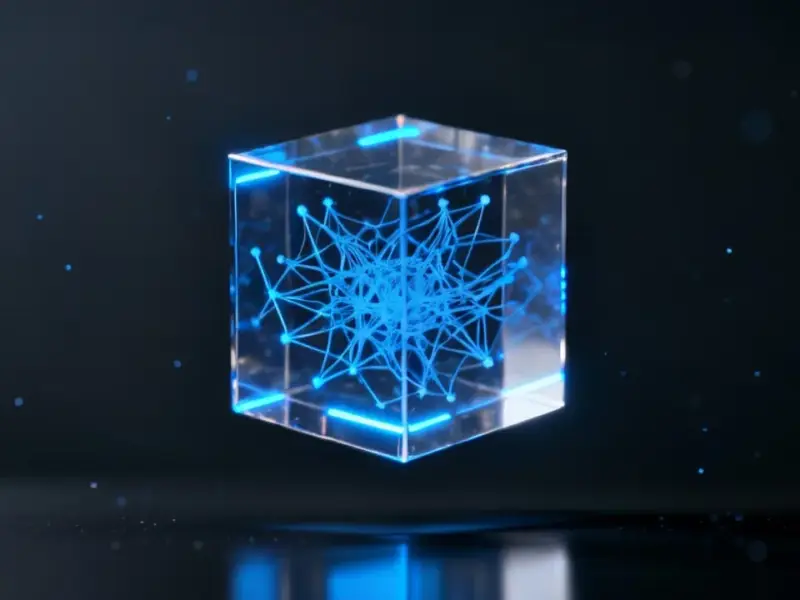According to Thurrott.com, OpenAI has launched an Android version of its Sora video generation app in select markets including the US, Canada, Japan, Korea, Taiwan, Thailand, and Vietnam. This follows the iOS app release on September 30 that was initially limited to the US and Canada. The Sora mobile apps use OpenAI’s second-generation text-to-video model capable of creating realistic-looking videos with sound effects from simple text prompts or images. OpenAI previously revealed the Sora iOS app grew faster than ChatGPT, reaching 1 million downloads in less than 5 days. The company has compared this latest model release to “the GPT-3.5 moment for video.” However, access to Sora still requires an invite code whether using the mobile apps or the web version at sora.chatgpt.com.
OpenAI‘s unexpected social turn
Here’s the thing that really stands out about Sora – it’s basically OpenAI’s first social app. Users can remix videos created by others, follow creators on the platform, and even cast themselves and their friends in AI-generated videos. That’s a pretty significant departure from their usual productivity-focused tools like ChatGPT. It almost feels like they’re trying to build a TikTok clone powered entirely by AI generation. But is that what people actually want? The whole “AI slop” phenomenon has been getting some backlash lately, and building a social platform around generated content seems risky.
The invite code bottleneck
Now here’s the real catch that’s going to frustrate a lot of people. Even with this Android expansion, you still need an invite code to actually use Sora. That means all this talk about rapid growth and market expansion is happening within a carefully controlled user base. It’s smart from OpenAI’s perspective – they can manage server loads and control quality. But for users who hear about this amazing new video tool only to hit a waitlist wall? That’s going to create some serious FOMO and potentially limit the social features they’re trying to build.
What this means for creators and competitors
So where does this leave the video creation landscape? Well, if OpenAI can actually deliver on their “GPT-3.5 moment for video” promise, we’re looking at a massive shift. Small creators who couldn’t afford video production suddenly have a powerful tool. But established video platforms should be watching closely. The combination of AI generation with social features could disrupt everything from TikTok to YouTube Shorts. The question is whether people will embrace AI-generated content as entertainment or see it as, well, slop. Personally, I think the real value might be in the hybrid approach – human creativity enhanced by AI tools rather than replaced by them.




